From Alt-Text to AD:
The Difference Between Legal and Usable
To understand media accessibility from the audience's point of view is to know that legal compliance does not ensure usability. For example, if the images on this page used the alt-text HTML field for the screen reader to just say "image" or "dog2378.jpg" that would meet current legal compliance, but a person who cannot see or cannot see well only might know from those spare labels that visual information for the image is available ... to other people.
At the same time, another message is being sent loud and clear: All of that visual information is not for you millions of Americans, who are DeafBlind, blind, with low-vision or print dyslexia, or those of you who simply want to know information via audio, as a way to keep your hands free or just because you like to hear it rather than read it. A dog might be in the "dog2378.jpg" image, perhaps, but a person who is blind also would not know if that dog is a Chihuahua or a Great Dane. What is the dog doing? Why is this image being used on this page? Those become mysteries, and such cryptic text about an image is akin to saying, "We know things by looking at them. We are sharing those things with other sighted people but not you. You don't really need to know about it, do you? You are not welcome to know about it, either, because we show how much we care about you by the 'alt-text' we create."
Another primary point of confusion is the term for what we do. We call it Audio Description (AD), because that is the term preferred and used by the American Council of the Blind and many other major associations of blind people around the world. To be more specific, we focus on "static" Audio Description, which covers the remediation of any visual media into audio that does not move, such as photos, illustrations, maps, collages, charts, tables, etc. Some people focus on "dynamic" Audio Description, which covers television, film, live events, etc. We can do that type of work, too, but we specialize in remediating static imagery.
Get to Know Our Talented Team
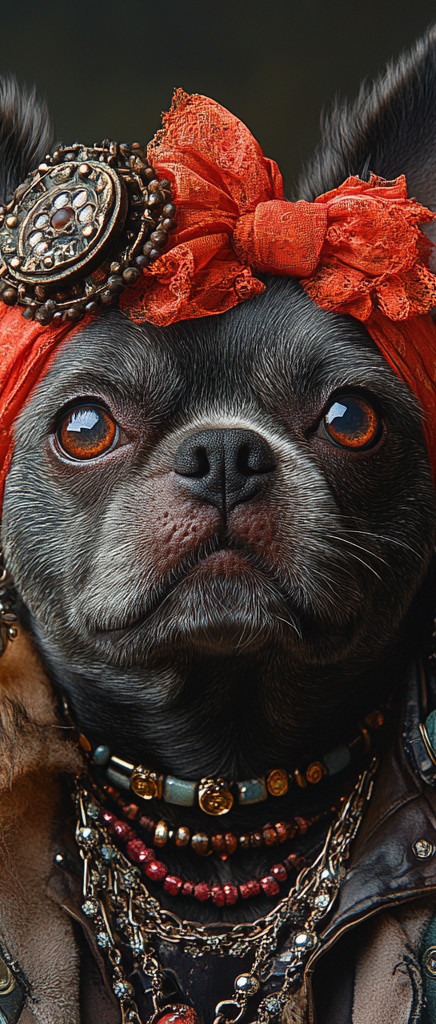
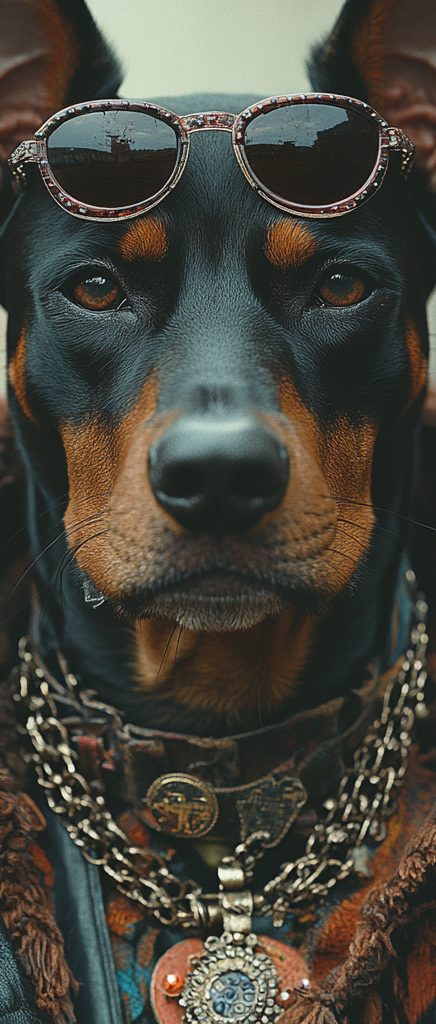

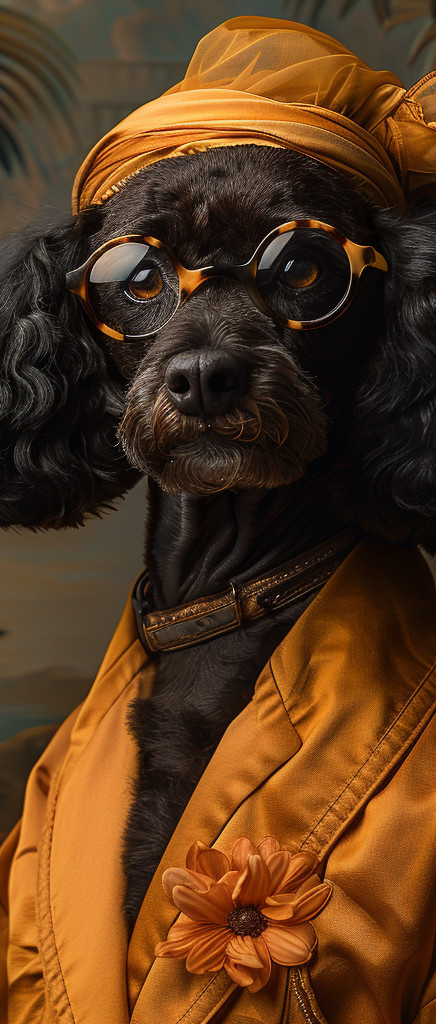
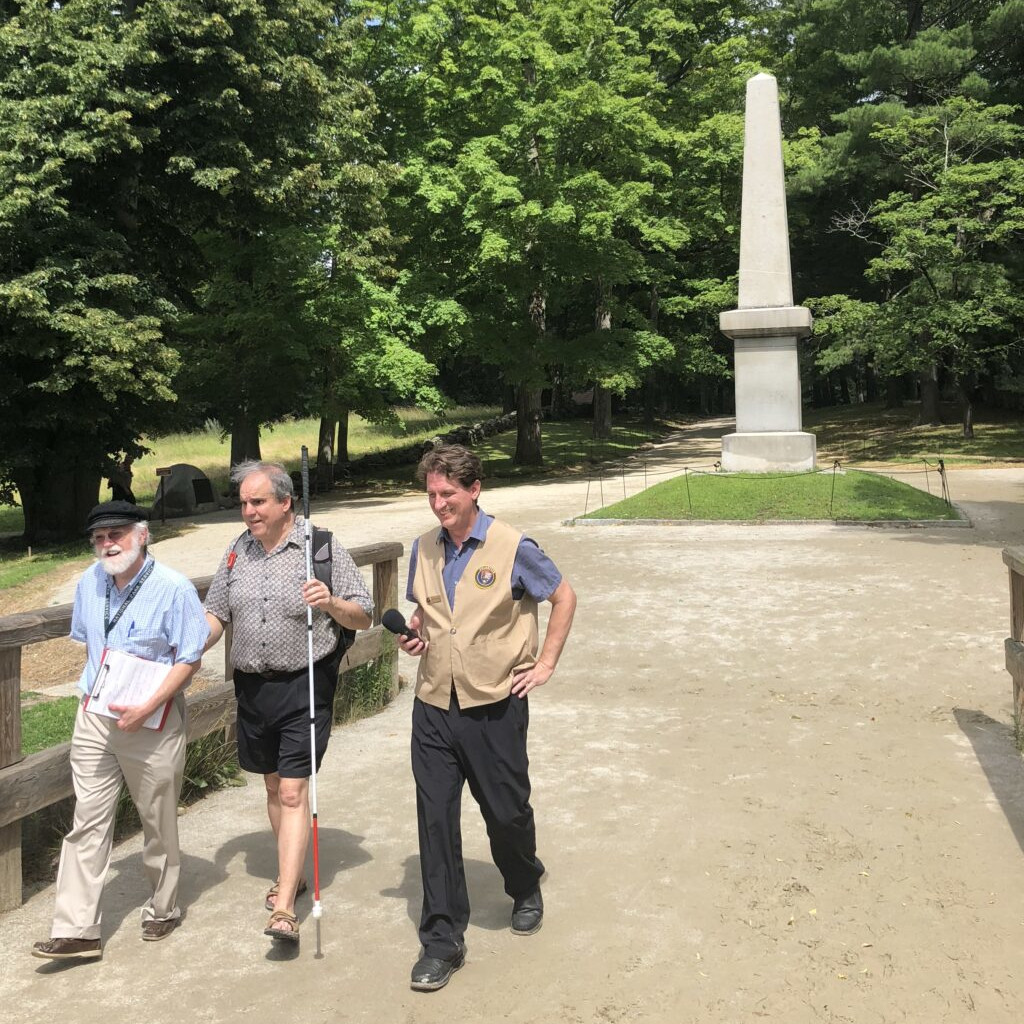


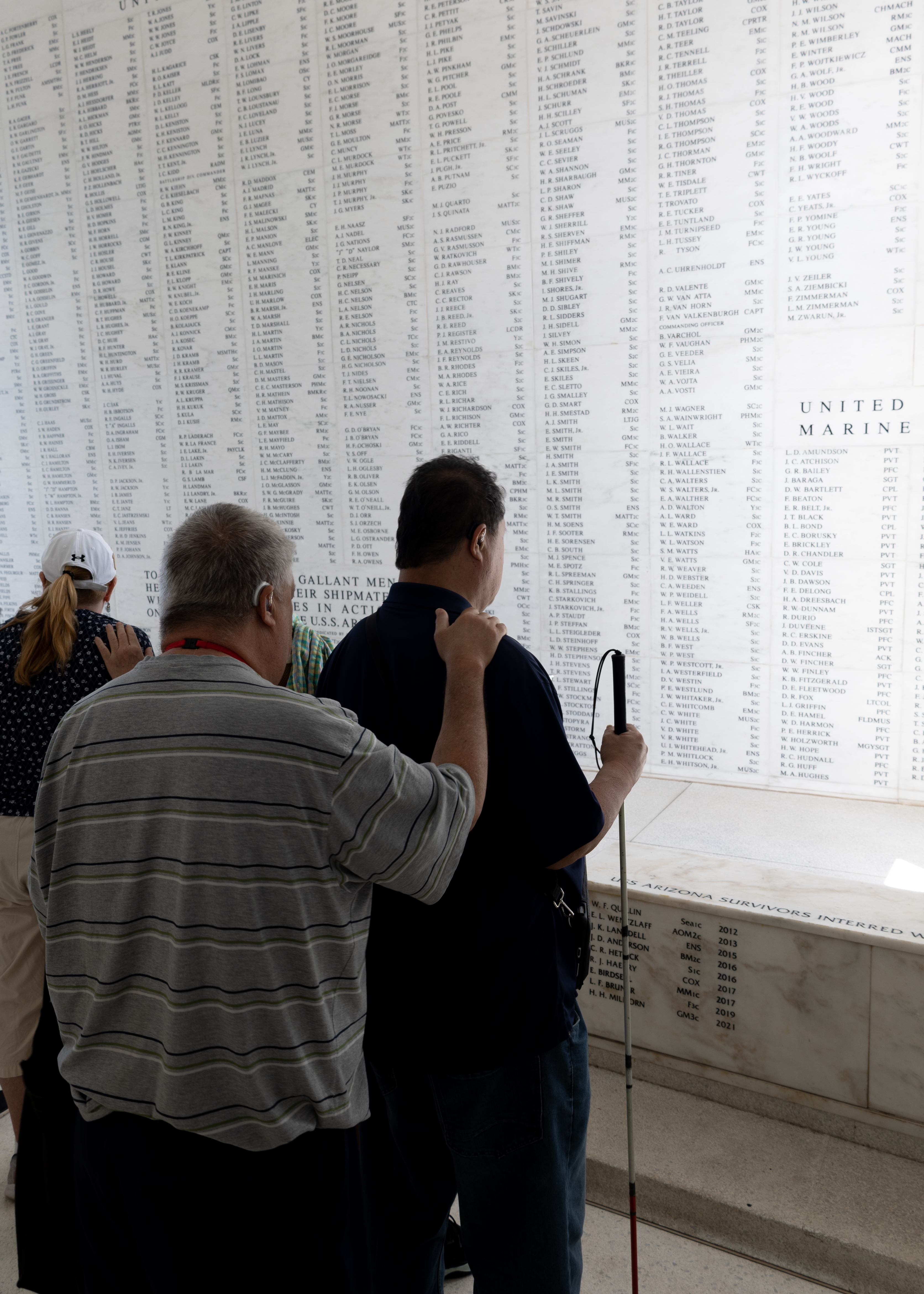 Hawaii Association of the Blind members Hilarion and Lance Kamaka stand silently and with reverance near the name-filled marble walls inside the U.S.S. Arizona Memorial, listening to the Audio Description about the site, including the list of names of the victims of the attack.
Hawaii Association of the Blind members Hilarion and Lance Kamaka stand silently and with reverance near the name-filled marble walls inside the U.S.S. Arizona Memorial, listening to the Audio Description about the site, including the list of names of the victims of the attack.